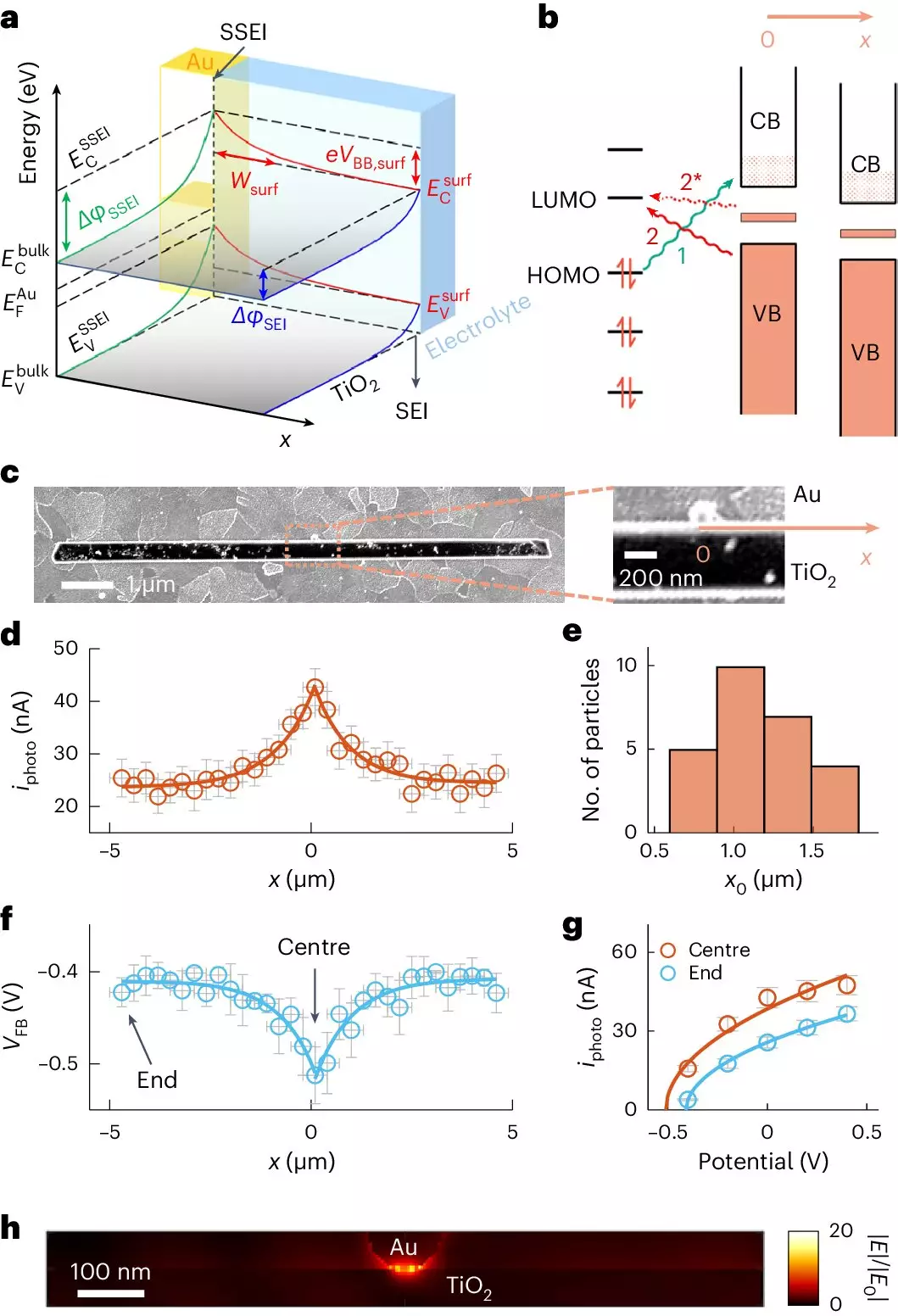In an era where environmental sustainability is paramount, the presence of micropollutants—especially pesticides and trace chemicals—poses a significant threat to our ecosystems. These micropollutants are notoriously difficult to break down, often eluding conventional wastewater treatment methods. With increasing awareness of their deleterious impacts on both human health and aquatic life, the need for innovative solutions has never been more urgent. Traditional methods tend to fall short, as they often fail to address the tiny, persistent fragments of contaminants that linger in our environments. Thus, the scientific community is turning to more sophisticated and nuanced approaches to tackle this modern dilemma.
Photocatalysis: An Innovative Solution
Among the promising strategies to address this pressing issue is a process called photocatalysis. This method employs sunlight to activate semiconducting materials, which then work to degrade harmful chemicals found in wastewater. The excitement surrounding photocatalysis stems from its dual ability: it not only enhances the cleaning process but does so without requiring energy-intensive conditions. Recent advances in nanotechnology have led to the innovative use of titanium dioxide (TiO2), particularly when paired with gold nanoparticles as co-catalysts. This combination has the potential to significantly raise the efficiency of the photocatalytic process.
Groundbreaking Research at Cornell University
A research team at Cornell University has recently contributed vital knowledge to this field with their publication in *Nature Catalysis*, which unveiled a novel imaging technique to study adsorption—the process by which contaminants adhere to surfaces. Lead author Ming Zhao, together with senior author Professor Peng Chen, explored how gold particles can significantly enhance the adsorption capabilities of TiO2. Their findings indicate that gold’s influence extends well beyond its immediate vicinity; adsorption appears to improve over a surprisingly large area, validating the use of gold nanoparticles in photocatalytic applications.
Through the introduction of adCOMPEITS (Adsorption-based COMPetition Enabled Imaging Technique with Super-resolution), the study has provided an unprecedented view of how contaminant molecules interact with nanomaterials. This fluorescence-based imaging method allowed researchers to visualize and quantify the effects of gold on TiO2 surfaces, revealing insights that had previously remained obscure.
The Science Behind the Breakthrough
The results were striking: not only did gold nanoparticles enhance adsorption locally, but they also exhibited an impressive ability to influence TiO2’s electronic properties at distances up to ten times greater than previously anticipated. This long-range effect is attributed to a phenomenon known as surface band bending, which alters the electronic landscape of the semiconductor’s surface. By leveraging these changes, even miniscule amounts of gold can yield significant enhancements to the photocatalytic process, offering a solution that is not only resource-efficient but also scalable.
The implications of this discovery stretch far beyond photocatalysis alone. They open doors to enhanced sensing capabilities and advancements in dye-sensitized solar cells, indicating that the benefits of this research could permeate several technological domains beyond wastewater treatment. This broad applicability makes the findings particularly promising.
Impacts on the Future of Environmental Sustainability
As society grows increasingly aware of the environmental consequences of chemical runoff, solutions like photocatalysis stand at the forefront of sustainable practices. By finding ways to leverage natural sunlight and nanotechnology, we are not only addressing immediate environmental concerns but also pioneering pathways to cleaner water, healthier ecosystems, and ultimately, a more sustainable planet.
While the findings from Cornell University mark a significant milestone, they also serve as a reminder of the ongoing work required to translate scientific discoveries into real-world applications. The path from fundamental research to practical implementation is fraught with challenges, but it is a journey worth pursuing for the future of our planet.
By harnessing the power of advanced materials and innovative methods, we are taking tangible steps toward tackling one of the most pressing environmental challenges of our time. As researchers continue to refine and expand upon these concepts, the hope for a cleaner, pollutant-free world becomes increasingly tangible.


Leave a Reply